Eco-Friendly Products & Ideas For a Sustainable Kitchen
These 35 tips and eco-friendly kitchen products for a sustainable kitchen will not only help you be a better environmental steward, but they will also save you money, and help you live a healthier life.
My mom was ‘green’ before ‘green’ was a thing.
We used cloth napkins and avoided paper towels way back in the day. I’m sure for my mom, it was an economics thing…she made saving money an art form!
Sidestory…my husband is also very frugal and wonders why the apple fell so far from the tree when it comes to my mom’s frugality. One of his favorite anecdotes about my mom’s frugality is this one; when mom was teaching she wore pantyhose to work. If she got a run in one of the legs of her pantyhose, she would cut that leg off and set it aside. When another leg on another pair of pantyhose got a run, she got that leg off. Then she would put both pair of pantyhose on, each leg getting a ‘run free’ leg.
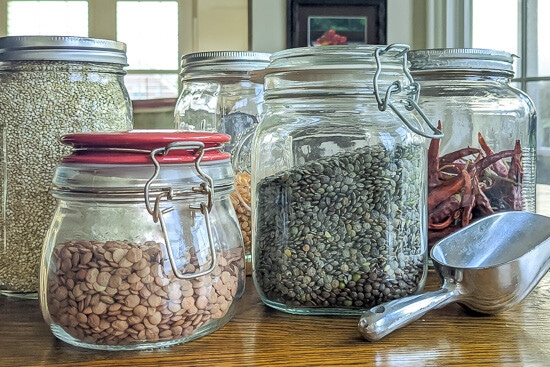
While I haven’t quite lived up to the ‘pantyhose’ standard, I don’t like to spend my money on a whole lot of disposables. Not purchasing paper napkins, paper towels, or plastic bags not only saves money but also helps reduce the footprint my family has on the environment. In fact, being frugal generally both eco-friendly and wallet-friendly!
When you stop and think about it, the kitchen is the most waste-producing area of our homes! With all the energy-guzzling appliances and potential for items to be thrown away, it is also the area where small changes can make a great impact.
In my mind, a sustainable kitchen is one that makes reducing waste easy! Waste comes in several forms: food waste, trash, and energy consumption. When we can cut back on any of these areas of waste, we make our kitchen more sustainable and eco-friendly. I would also add in reducing the chemicals that we use to clean our kitchens.
And, as an added bonus, these Eco-Friendly Kitchen Products and tips for a Sustainable Kitchen will not only help you be a better environmental steward, but they will also save you money, and help you live a healthier life. A win-win-win!
Tips and Eco-Friendly Products for a Sustainable Kitchen
Some of these links may be Amazon affiliate links and I may earn a small commission from the sale of these products to help defray the costs of operating this site, but the price you are charged is not affected. You can see my full disclosure policy here.
Use a Silpat instead of using parchment paper or aluminum foil to line pans when cooking and baking. A Silpat is a non-stick baking mat and eco-friendly product that can be washed in the dishwasher and reused. Our Silpats have withstood the test of time, being used regularly for the past 7-8 years, greatly reducing the need to buy (and ultimately throw away) parchment paper or aluminum.
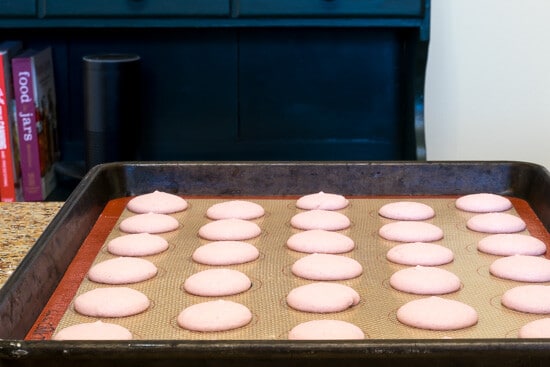
Use small appliances when you can. A toaster oven or microwave will save energy when reheating leftovers. Mom and dad gifted us with this Breville Smart Oven two Christmases ago and it has become one of our all-time favorite appliances. Not only do I use it for leftovers, but I regularly use it instead of the big oven for cooking meals making it an eco-friendly option. In addition to functioning as an oven, the air-fry and dehydrate feature are regularly used (And not for nothing, if you like a crispy crust on your pizza…it rocks for that!) Also, using an electric kettle when boiling water uses less energy than a stove! In addition, you will save time when using these small appliances because they will heat up faster!
Buy eco-friendly kitchen appliances with the Energy Star designation.
Refrigerators and Ovens are the biggest users of energy in the kitchen. As such, if you are striving for a more sustainable kitchen, we need to target these appliances to make sure they are doing their part!
- Make sure your fridge doors close securely so you are not wasting energy. Test your fridge seal by putting a check-sized piece of paper in the door, then close it and see if you can pull it out easily. If it comes out without resistance, you might want to get your seal replaced.
- Do you have two refrigerators? Are they both full? Is there any way you could combine them and get rid of one of them, preferably the older one because chances are that it is less energy efficient. Refrigerators can be huge energy hogs.
- Don’t stand in your fridge with the door open trying to figure out what to eat…go into the fridge with a purpose so you are not letting all of that cold air out.
- When cooking in your oven, choose glass or ceramic cookware over metal as they are better conductors of heat. In some cases, you could turn your temperature down by 25°.
- Check the seals to make sure there is no gap and that they aren’t torn, which would result in heat escaping from your oven.
- Don’t peak! Use your oven light to check on the progress of your cooking food. Every time you open your oven you let heat escape, forcing it to reheat to the set temperature.
- If you are going to use your self-clean feature, do it right after you’ve cooked something so that the oven doesn’t have to start from cold.
Grocery Shopping Since the grocery store is where we get most of the stuff we bring into our kitchen, focusing there is a great place to start when striving for a sustainable kitchen.
- Bring your own bags when you go shopping, including reusable produce bags. Are you interested in making your own bag? Check out this post where I used my Cricut to embellish a market bag!
- Buy products with less packaging. Opt for the larger sizes of products rather than the individually wrapped product.
- Buy local. This reduces carbon emission because the food does not have to be transported as far.
- Prepare your own meals instead of buying pre-packaged frozen meals. This saves on the packaging!
- Buy in bulk. This reduces the waste of overly packaged foods, and you can even use reusable storage such as mason jars and reusable bulk bags.Just make sure to document the weight of your reusable storage container so that it is subtracted from the weight of the item.
- Buy fresh produce instead of packages and/or frozen produce. This reduces the amount of packaging that you will eventually throw away.
- Stop buying bottled water and other bottled drinks. Buy a water filter or water pitcher instead and get yourself a nice water bottle for on the go.
- Shop organic. Organic food has been grown without pesticides and petroleum-based fertilizers, which is good for the environment. When shopping for produce, if the numbered sticker starts with a 9, it is organic.
- Don’t purchase disposable kitchen items, such as napkins, plates, silverware, and straws.
Stop using Ziploc bags! Consider reusable storage bag options, or you can always try to use storage containers instead. If you do use zipper bags, consider washing them out and reusing them if they didn’t have meat in them.
While we are talking about containers, swap your plastic for glass! While glass is heavier to transport, plastic containers are often made from non-renewable resources. I always opt for glass as it is a ‘cleaner’ vehicle to store and save my food, but, if you do have plastic containers from food you have purchased, save them, and used them in the future.
Swap out your plastic wrap for these eco-friendly silicone lids! I’ve had these for several years now and the multiple sizes seem to fit just about every vessel I own.
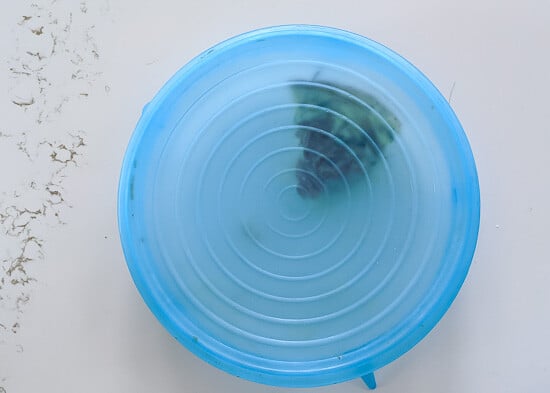
Make Beeswax Food Wraps to use for wrapping fruits, vegetables and bowls! Making them yourself will cost you half of what it would to buy them! It’s an easy DIY not only for your kitchen, but these Beeswax Food Wraps also make great gifts.
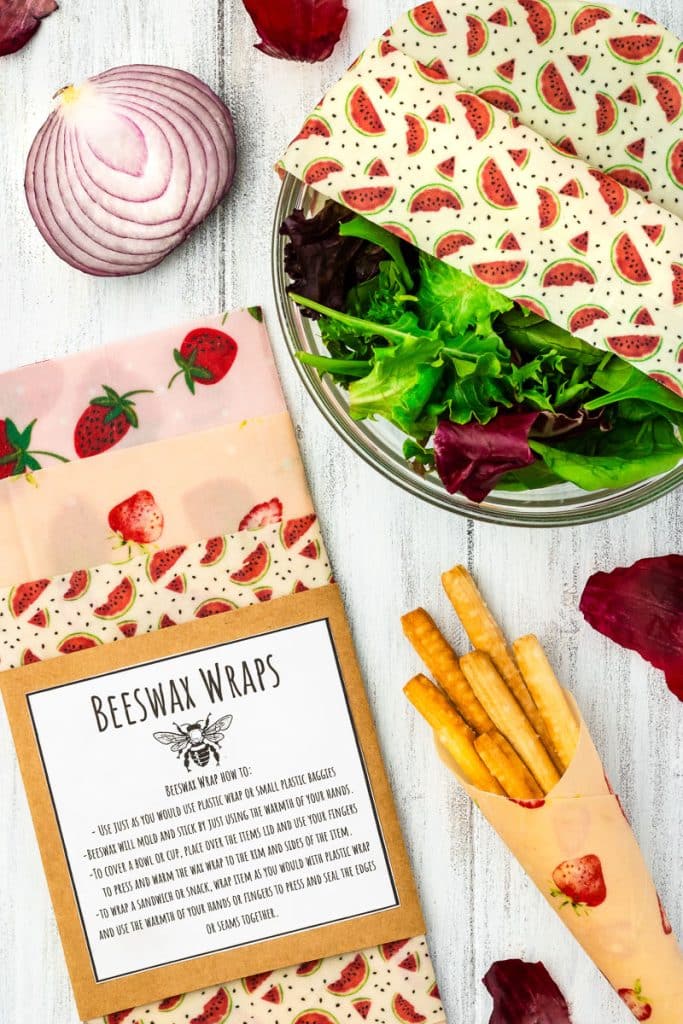
Make use of food scraps.
- Compost
- Check out this post on how to make and use compost.
- Or, check out this post for information on compost tea.
- Lastly, check out this post for how to make a compost tea brewer
- Crush eggshells to use in your garden and amend your soil. Eggshells offer calcium to your garden and provide pest control.
- Use leftovers to make a soup. Save the leftover bits and bobs of every meal and put them in a pot for Garbage Soup.
- Put all your vegetable scraps and bones in the freezer to make broth or bone broth.
- Use cheese scraps to make Fromage Fort, a delicious and easy appetizer.
- Save bread scraps to make croutons, bread pudding, and/or stuffing.
Use cloth for your napkins and paper towels for a more sustainable kitchen and kitchen table. I have had some of my regularly used cloth napkins easily for 10 years. They get thrown in the washer and dryer with the rest of our clothes and it is truly easy to fold them alongside the other clothes I am folding. When we travel, I am always on the lookout for new napkins and dishtowels; bringing them out to dry dishes or to set the table are reminders of the wonderful trips we have taken. I picked up the stack of napkins on the right when I was hiking through Alsace Lorraine with a girlfriend 8 years ago. I also love these Swedish Dish Cloths.

Learn how to properly store your fruits and vegetables so they stay fresher longer and you do not have to throw things away often. Check out this post where I discuss ways to keep your produce fresh longer. A sustainable
Go meatless. Whether you go full-on vegetarian or go meatless a few times a week, eating less meat will save money and reduce your carbon footprint; it will save water, it is better for the soil, it cleans the air, and it reduces energy consumption. It takes 200 times more water to raise a pound of beef than it does a pound of edible plants. Plants clean the air, while all of the livestock in the world create more air pollution than all of the modes of transportation in the world combined. WOW! In addition, plants can be grown with 8x less energy cost than meat.
Use eco-friendly kitchen gadgets. Try to switch your wooden and plastic kitchen utensils with bamboo and/or stainless-steel utensils. Bamboo and stainless-steel utensils are stronger and will last longer. In addition, bamboo forests replenish themselves faster than wood forests! Who knew?!
Recycle!
Use your grill more! Outdoor grills take less energy to run than stoves, plus they keep the heat out of the house so your air conditioning doesn’t have to work as hard!
Grow your own herbs! Growing herbs is so easy, plus you won’t have to buy herbs that come in plastic containers or bags! My mom loves her Click and Grow garden and has a bounty of basil growing on her kitchen counter.
Use eco-friendly products to clean your kitchen.
- A lot of dishwashing detergents and dish soaps contain phosphates, which can cause algae overgrowth when released into local waterways. I have been using Seventh Generation Fragrance-Free Dishwasher Pods for YEARS and swear by them. I appreciate that I don’t get a faceful of chorine and chemical steam when I open the dishwasher and that my just-washed dishwashers don’t smell like some funky fragrance. And, after trying several similar products, I do believe that they are just as effective as other less eco-friendly brands that contain harmful/ unwanted ingredients.
- Find a good, concentrated all-purpose household cleaner that you like. I have used BioKleen All-Purpose Concentrate with great results. I also love the effectiveness, scent, and natural ingredients of Thieves Household Cleaner. It is a pricier option at $30 for 14 ounces, but I bought my bottle 1 1/2 years ago and have only used 1/2 of it as it is highly concentrated. Find a Young Living representative in your area as that is a cheaper option than Amazon and you are helping a small business owner.
- Consider making your own eco-friendly kitchen cleaners! I’ve been using this glass cleaning formula for years…1/4 cup rubbing alcohol + 1/4 cup white vinegar + 1 tablespoon cornstarch + 2 cups warm water.
- When you use up your current can/bottle of stainless steel cleaner, do not buy any more! Instead, purchase a stainless steel e-cloth. This is a reusable cloth and all you need to do is get it wet and wipe down your stainless steel appliances. This saves you money, stops chemicals from being put in the environment, and saves on plastic packaging.
Use Cast Iron. I have long been leery of the chemicals necessary to make pots and pans ‘non-stick’ and found well-seasoned cast iron a great option. The key is keeping is well-seasoned. I wrote this post on how to rescue rusted cast iron and how to keep your cast iron seasoned which may be helpful.
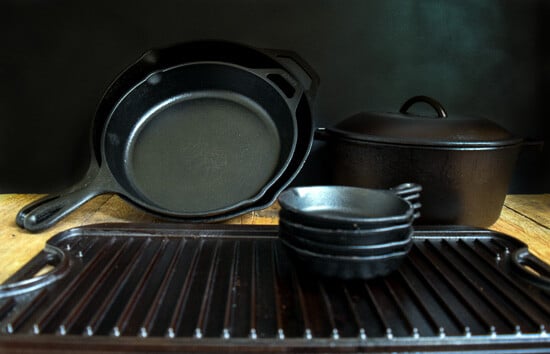
Bookmark this page or pin the following image to refer back to these tips and eco-friendly products useful to help you create a more sustainable kitchen.
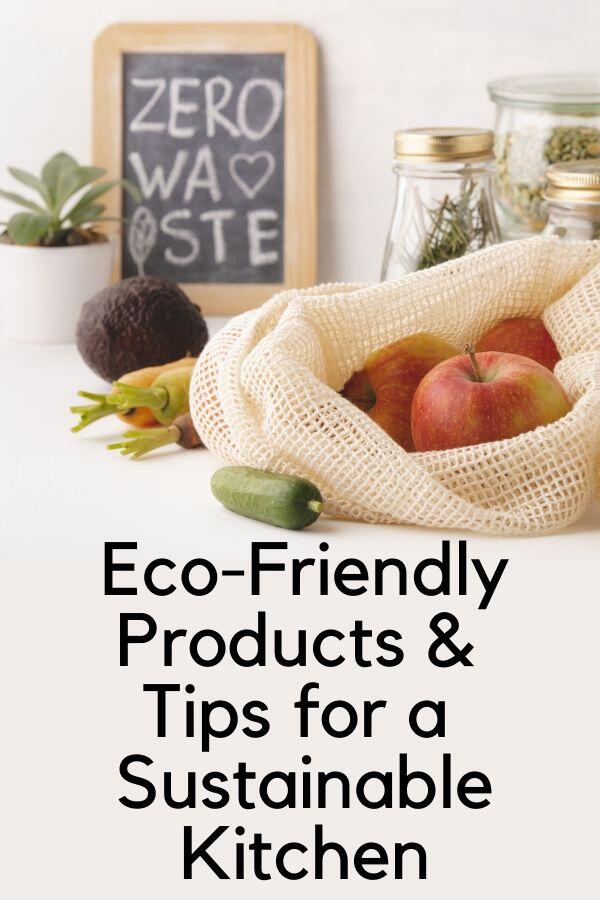
Thanks so much for spending a few minutes of your busy day with me!
To ensure you don’t miss future content, pop your email in the pale green box on the right or click here. I usually send one email weekly, so I won’t inundate your inbox. I’m sensitive to an overflowing email inbox!
We will only use your email address to send you emails, no more than 1-2 weekly. In addition, you will have access to my growing library of knit & crochet patterns and other printables. Check back often as this library will continue to grow. You can unsubscribe anytime by emailing me or clicking on the “unsubscribe” link at the bottom of all emails.
And you can access many of the products I refer to on my Nourish and Nestle Amazon Page. You can access it here.
So, if you’d like to participate in the ‘subscriber benefit’ action, simply subscribe to Nourish and Nestle here or use the form on the right sidebar. It’s slightly towards the top.
I have sent all my subscribers the link to the Subscriber Benefits Library. If you missed it or misplaced it, let me know.
Until next time…


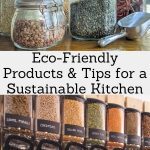
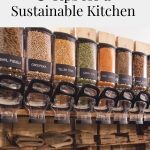
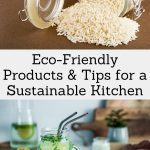
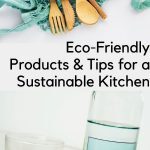

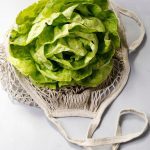

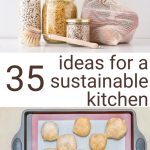
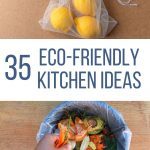

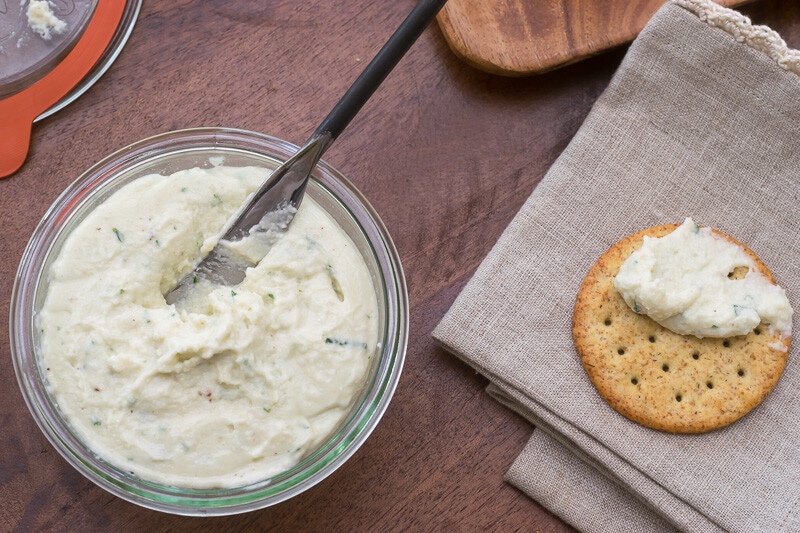
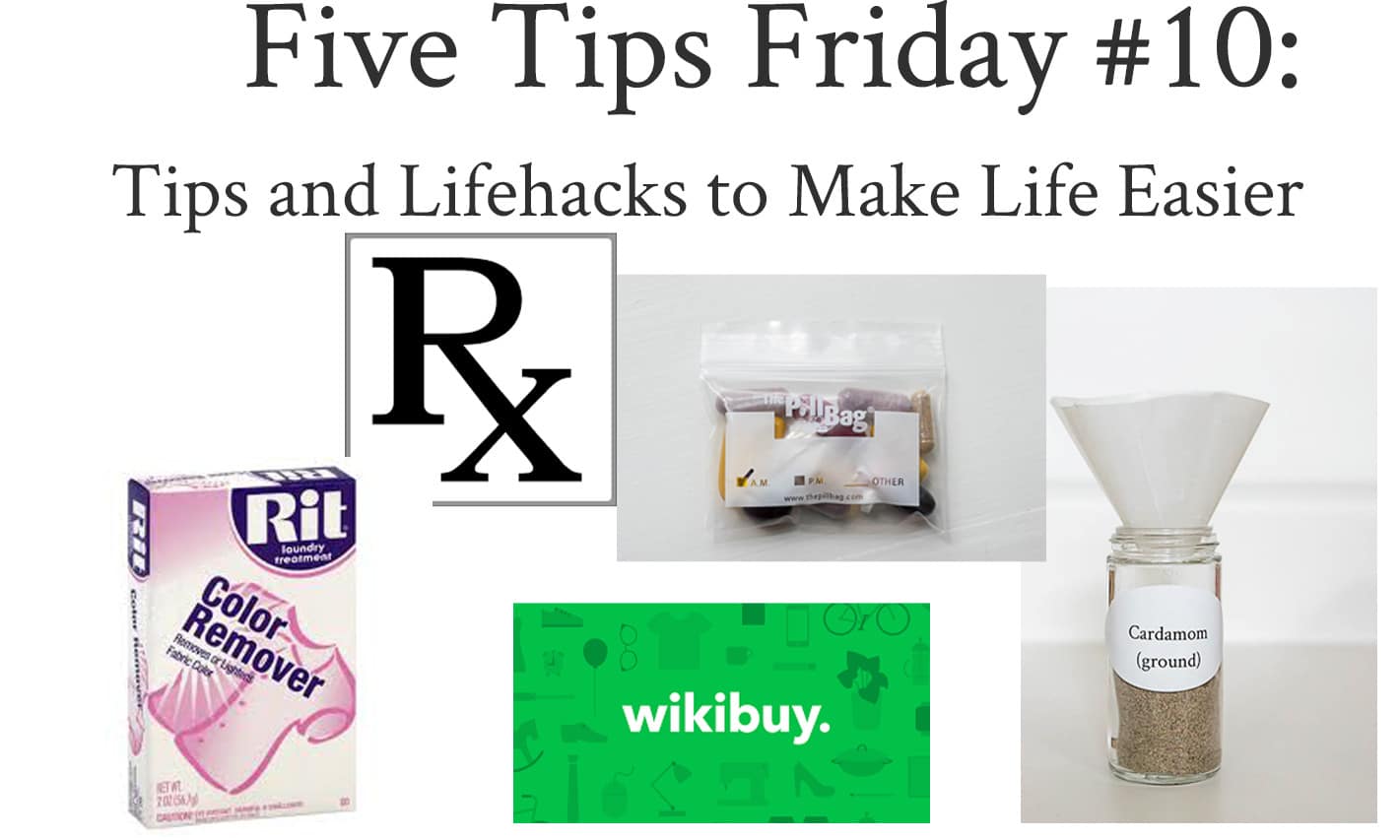


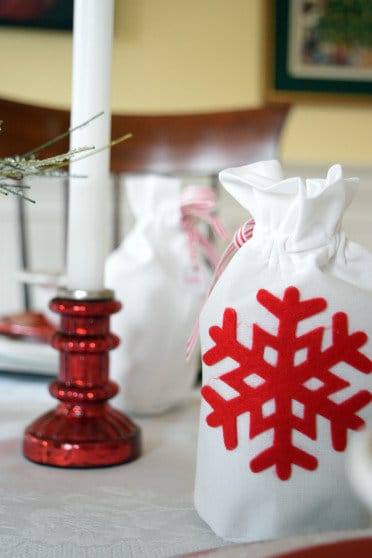
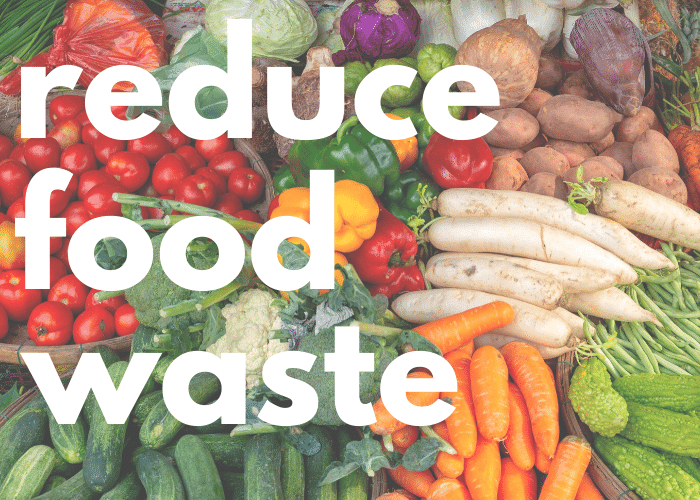
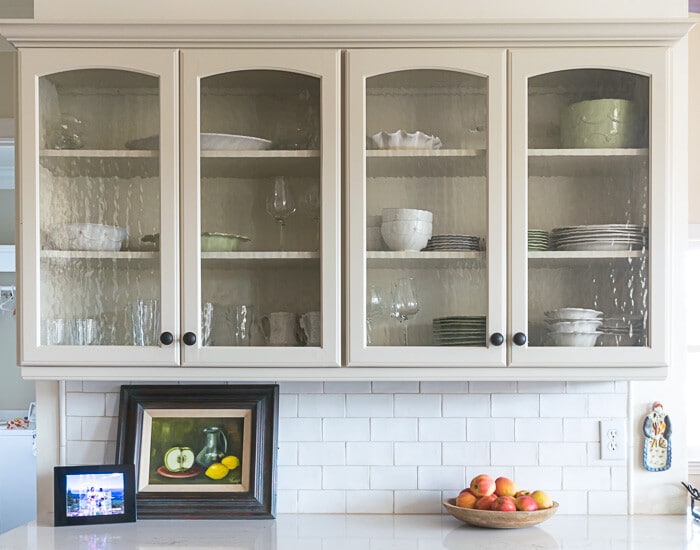
So so many great tips, from home use to storage, appliances, food preservation and more! I will be bookmarking and coming back often! Got the stainless e-cloths in my cart now! Thanks Lynn!
I am so happy you found these useful! Being eco-friendly is a journey and I am always learning!
Have a great day, my friend.
Hugs,
Lynn
I don’t know if these save money but they can go a long way toward eliminating huge laundry detergent containers. I have tried two brands of washer sheets and have like them both. The current batch of sheets is from Clean People and they tear in half for small or lightly dirty loads. I also tried Earth Breeze sheets and liked them as well. Both are completely biodegradable in the wash and so is the packaging. I have always hated those huge plastic containers from Costco but have used them. No more.
Good Morning Penny,
I’m so glad to hear you say that! I’ve been curious about those washer sheets. I’ve been using Nellies Washing Soda for a couple of years. You buy it in big tubs, which lasts for 2 years (for us). You are left with a big bucket afterwards. They are handy buckets, but we certainly don’t need more buckets.
When I finish this bucket, I’m going to try to the laundry sheets. Thanks so much for the recommendation. I take it you are pleased with how clean your clothes are?
Thanks again, Lynn